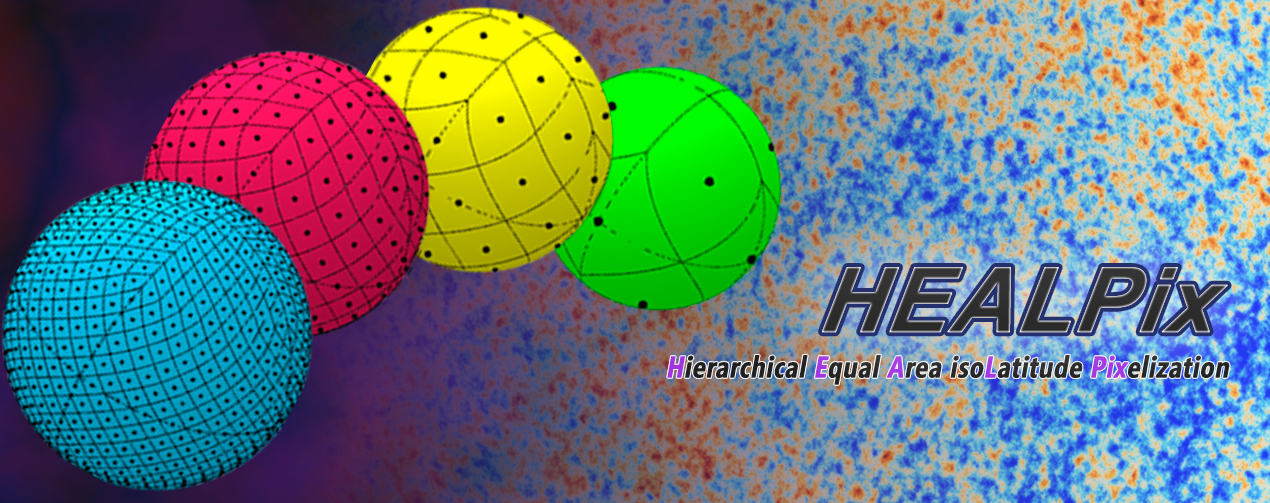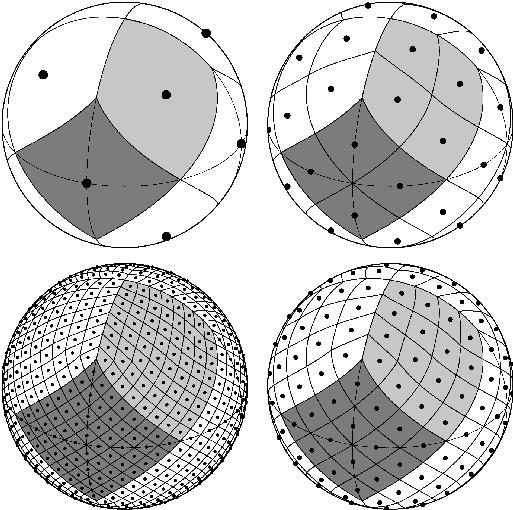
Purpose
The original motivation for devising HEALPix was one of necessity in the late 1990s. Satellite missions to measure the cosmic microwave background (CMB) anisotropy - NASA's then already operating Microwave Anisotropy Probe (MAP), and then planned ESA mission Planck — were to produce multi-frequency data sets sufficient for the construction of full-sky maps of the microwave sky at an angular resolution of a few arcminutes. Presently both these missions are finished, having rendered their products in the format of HEALPix structured sky maps. To this date, numerous other astronomical projects have also used HEALPix format for their data products.
The principal requirements in the development of HEALPix were to create a mathematical structure which supports a suitable discretization of functions on a sphere at sufficiently high resolution, and to facilitate fast and accurate statistical and astrophysical analysis of massive full-sky data sets.
HEALPix satisfies these requirements because it possesses the following three essential properties:
- The sphere is hierarchically tessellated into curvilinear quadrilaterals. The lowest resolution partition is comprised of 12 base pixels. Resolution of the tessellation increases by division of each pixel into four new ones. The figure below illustrates (clockwise from upper-left to bottom-left) the resolution increase by three steps from the base level (i.e., the sphere is partitioned, respectively, into 12, 48, 192, and 768 pixels).
- Areas of all pixels at a given resolution are identical.
- Pixels are distributed on lines of constant latitude. This property is essential for all harmonic analysis applications involving spherical harmonics. Due to the iso-latitude distribution of sampling points the speed of computation of integrals over individual spherical harmonics scales as ~N1/2 with the total number of pixels, as opposed to the ~N scaling for the non-iso-latitude sampling distributions (examples of which are the Quadrilateralized Spherical Cube used for the NASA's COBE data, and any distribution based on the symmetries of the icosahedron).
